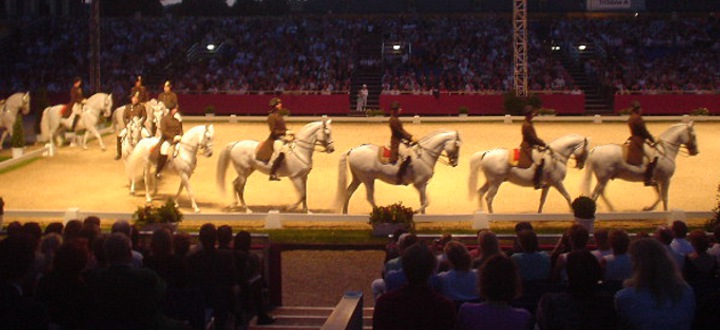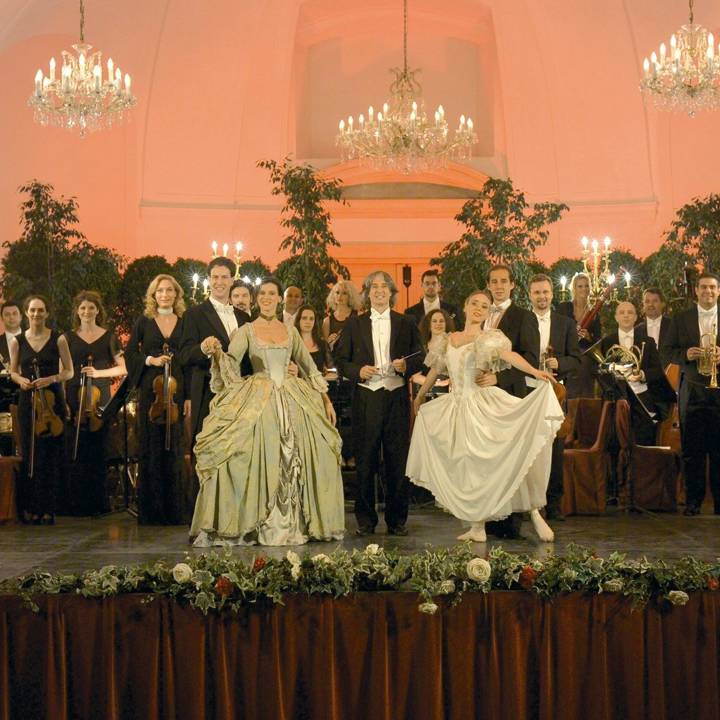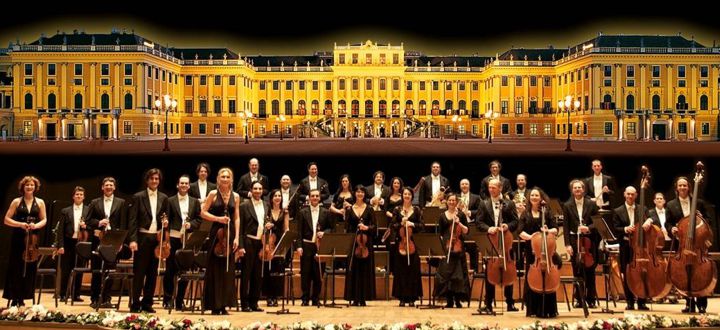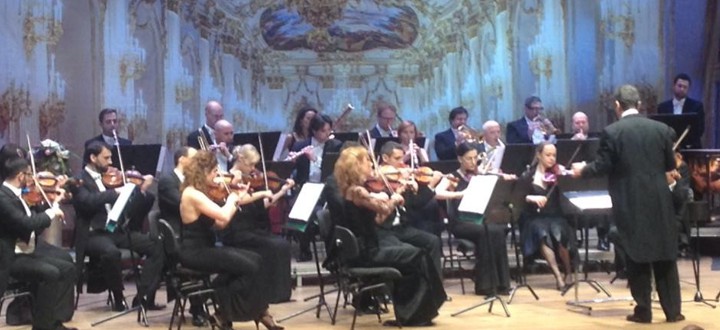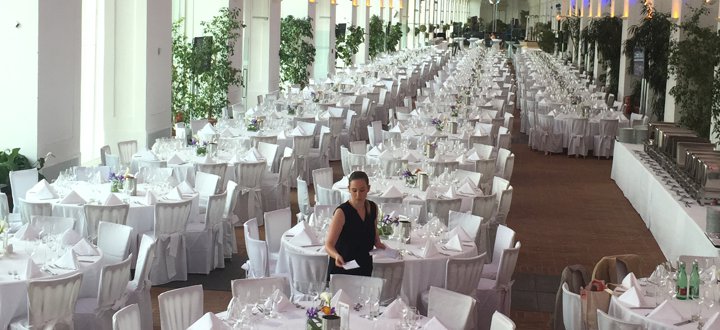SCHOENBRUNN PALACE IN VIENNA
Schönbrunn Palace, with its outbuildings and extensive park, is one of Austria’s most important cultural monuments due to its long and eventful history. The entire listed ensemble, consisting of the palace, the park with its numerous architectural features, fountains and statues and, last but not least, the zoo – the oldest of its kind in the world – was added to the UNESCO World Heritage List at the end of 1996.
Owned by the Habsburg rulers since Maximilian II, ownership of the palace passed to the Republic of Austria after the end of the monarchy and was administered by the Schlosshauptmannschaft Schönbrunn.
Since 1992 Schönbrunn (with the exception of the palace park) has been run by Schloss Schönbrunn Kultur- und BetriebsgesmbH. as a modern, private enterprise which has succeeded in ensuring both efficient management and an extensive renovation and conservation programme.
Much of the surrounding parkland has served as a recreational area for Viennese since the time of the monarchy, and since the opening of the palace in the 1960s Schönbrunn has been one of Vienna’s most important monuments. The palace itself attracts around 2.5 million visitors a year from all over the world, and the rest of the palace grounds and park a further 6.5 million visitors a year. The inclusion of Schönbrunn in the UNESCO World Heritage List, first compiled in 1972, confirms the importance of the palace complex in its entirety as an example of the integration of the arts of the Baroque period.
THE SCHOENBRUNN PALACE ORANGERY
The widowed Empress Wilhelmine Amalie had an orangery garden installed in Schoenbrunn with the purpose of overwintering her bitter orange plants inside a greenhouse.
Even today, concerts are held in grand old style in this historical location. The Schoenbrunn Palace Orchestra interprets the most famous works by Mozart and Strauss at the original location every evening.
Schönbrunn Meetings: www.schoenbrunnmeetings.com/standorte/orangerie.html




